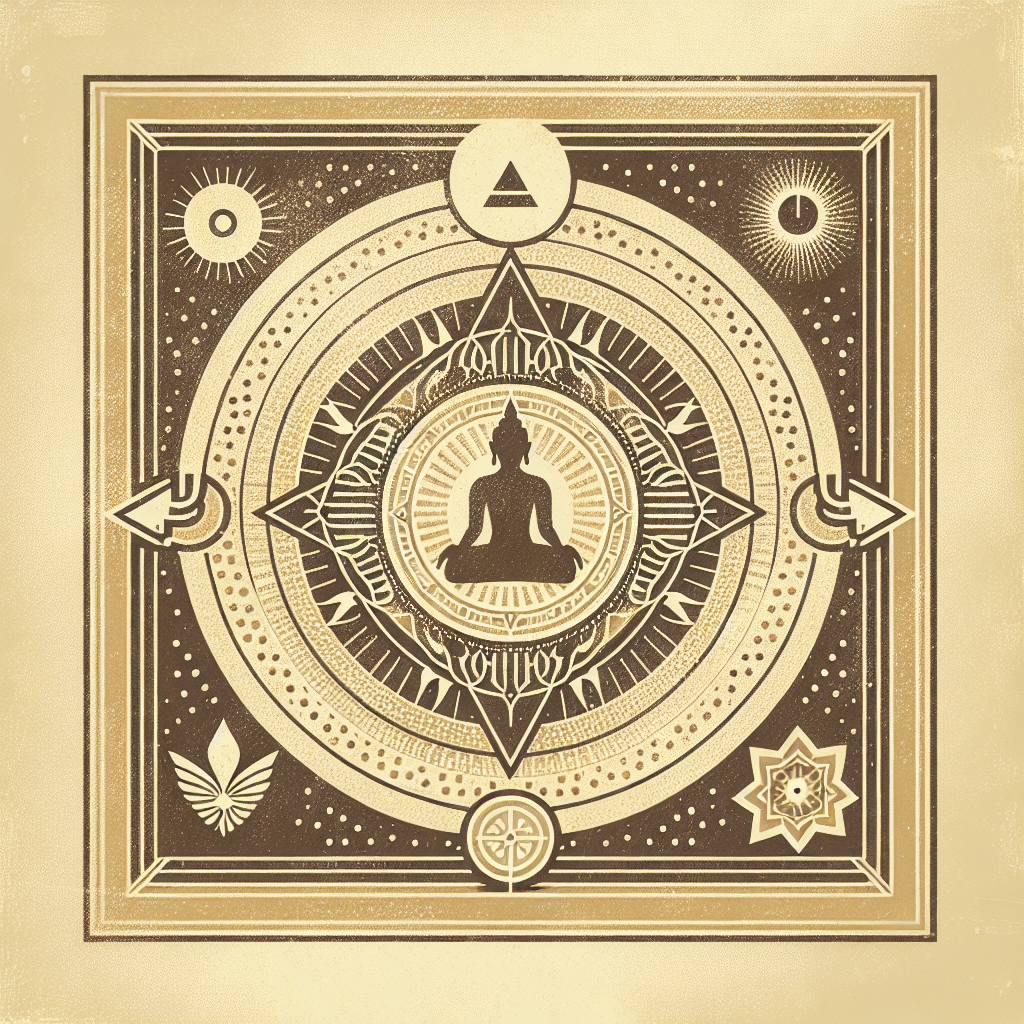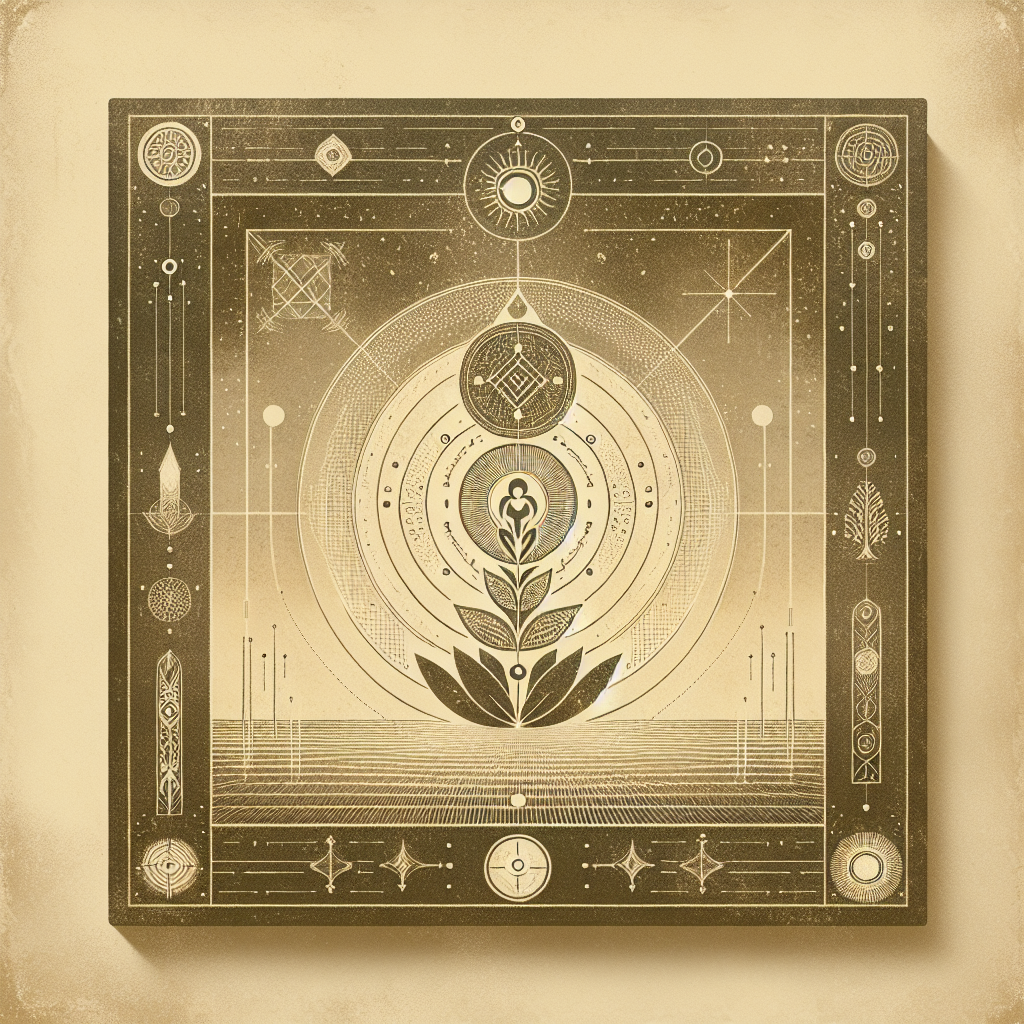
Buddhism: An Overview
Introduction
Buddhism (Sanskrit: बुद्धधर्म, Buddhadharma; also बौद्ध धर्म, Bauddha Dharma; Pāli: Buddhasāsana) is a family of teachings and practices that began in northern India and spread across Asia over more than two thousand years. It centers on the awakening (bodhi, enlightenment) realized by the historical Buddha—Siddhārtha Gautama (Pāli: Siddhattha Gotama; Sanskrit: सिद्धार्थ गौतम)—and on practical methods for ending suffering by cultivating wisdom, ethical conduct, and meditative discipline. Scholars generally place the Buddha’s life in the late 6th to early 4th century BCE; a cautious scholarly consensus holds that he died in the early 4th century BCE, while some traditional chronologies give earlier dates, showing the remaining uncertainty about exact chronology. The tradition itself treats his life as paradigmatic rather than primarily historical, emphasizing practice and liberation rather than dogma. [1][2]
Buddhists “take refuge” in the Three Jewels: the Buddha (teacher), the Dharma (teaching and truth), and the Saṅgha (community, originally monastic and later also lay). Across cultures and languages, Buddhism remains oriented toward the same goal of liberation (soteriological): nirvāṇa (Pāli: nibbāna; Sanskrit: निर्वाण), the cessation of suffering and its causes. At the same time, doctrines, rituals, and institutions vary widely, reflecting centuries of translation, commentary, and adaptation. [1][4]
Historical Background
Early Buddhist history is known through layered textual collections, especially the Pāli Nikāyas (part of the Tipiṭaka, “Three Baskets”) and parallel Āgamas preserved in Chinese translation. These sources present the Buddha as a north Indian renunciant who left a princely household, practiced austerities, attained awakening at Bodh Gayā, and taught for roughly forty-five years before his final nirvāṇa (parinirvāṇa) at Kuśinagara. While many details follow hagiographic conventions, most scholars consider the outline of a teacher active in the middle Ganges plain plausible. The first Buddhist councils remembered in the tradition—especially at Rājagṛha and later at Pāṭaliputra—frame the early shaping of doctrine and monastic discipline, though their exact historicity and dates remain debated. [1][2]
From the 3rd century BCE, the Indian emperor Aśoka Maurya adopted and publicized a policy of dhamma in rock and pillar edicts, supporting Buddhist institutions and reportedly sending emissaries across the subcontinent and beyond. These inscriptions are among the earliest securely dated evidence for the tradition’s institutional life and geographic spread. By the late centuries BCE, Buddhism had traveled to Sri Lanka—where the Pāli canon was eventually written down—and through Central Asia along the Silk Roads into East Asia. [1][4]
In the first centuries BCE/CE, new textual corpora and ideals emerged under the broad heading of Mahāyāna (“Great Vehicle”), which emphasized the bodhisattva path and introduced major philosophical developments such as Madhyamaka’s analysis of emptiness (śūnyatā) and Yogācāra’s models of consciousness. Later, esoteric or tantric forms (Vajrayāna), sometimes termed esoteric buddhism, developed in India and Tibet, integrating mantra, mandala, and elaborate ritual methods with earlier monastic and philosophical frameworks. Over the last two centuries, Buddhist communities have confronted colonialism, nationalism, and global modernity, leading to reform movements, lay meditation revivals, and the worldwide transmission of multiple lineages. [2][3][4]
Core Ideas & Philosophy
The Four Noble Truths offer a clear framework for analysis and practice: [1][2]
- Life as ordinarily experienced involves dukkha (Pāli; Sanskrit: दुःख)—often translated as suffering, unsatisfactoriness, or stress—because all conditioned phenomena are impermanent (anicca, anitya) and lack a permanent self (anattā, anātman).
- The arising of dukkha is linked to craving (taṇhā, tṛṣṇā) and ignorance (avijjā, avidyā).
- Cessation (nirodha) is possible: through the exhaustion of the causes of suffering, nirvāṇa is realized.
- The Noble Eightfold Path maps the practical means to that cessation:
- right view
- right intention
- right speech
- right action
- right livelihood
- right effort
- right mindfulness
- right concentration
A distinctive analysis of personal identity supports these claims. Rather than a single, enduring self, experience is described as five aggregates (pañcakkhandha/pāñcaskandha):
- form
- feeling
- perception
- volitional formations
- consciousness
Clinging to these shifting processes as “I” or “mine” generates suffering; insight into their impermanence and conditionality releases that clinging.
This is paired with dependent origination (paṭiccasamuppāda, pratītyasamutpāda): phenomena arise interdependently, without an inherent, independent essence. In early formulations, a chain of twelve links (nidānas) correlates ignorance with craving and becoming, explaining how bondage is perpetuated—and how it can be undone. The teaching invites a felt understanding of interconnection, a change of view that gradually reshapes conduct and perception. [1][2]
Moral causality (kamma/karma) is central but not fatalistic. Intentional actions leave traces that condition future experience and rebirth, yet karma operates within a wider field of conditions; ethical cultivation can transform trajectories. The Middle Way rejects both eternalism (a fixed self) and annihilationism (persons are merely nothing), and also avoids the extremes of self-indulgence and self-mortification in practice. [1][2]
Mahāyāna thought revisits and radicalizes these ideas. Madhyamaka argues that all phenomena are empty (śūnya) of inherent nature (svabhāva) precisely because they arise dependently; emptiness is not a further essence but the absence of any independent essence. This analysis grounds a two truths framework: conventional truth describes the functioning world of dependently arisen phenomena, while ultimate truth is their emptiness. Yogācāra, by contrast, explores how perception and consciousness structure experience—sometimes summarized (misleadingly) as “mind-only.” Both currents support the bodhisattva ideal, in which practitioners cultivate perfections (pāramitās) such as generosity, ethical conduct, patience, vigor, concentration, and wisdom, aiming not only for personal liberation but for the liberation of all beings. Later doctrinal developments, such as Buddha-nature (tathāgatagarbha) literature, propose that awakening is in some sense universally accessible or already present, though interpretations range from strictly soteriological potentials to more ontological readings. [1][3]

Spiritual Practices & Goals
Buddhist paths integrate ethics (sīla), meditation (samādhi), and wisdom (paññā/prajñā). Together they offer a practical way to reduce harm, clarify the mind, and realize freedom. [1][2]
- For lay Buddhists, a common ethical baseline is the Five Precepts—refraining from killing, stealing, sexual misconduct, false speech, and intoxicants—expanded in various cultural settings.
- For monastics, discipline is codified in vinaya collections that regulate community life, property, confession, and the resolution of disputes.
- Ethical precepts function as training principles that support clarity and stability, helping practitioners align intention and action.
Meditation instructions appear in the earliest texts and diversify across traditions. Many systems distinguish:
- tranquility practices (śamatha/samatha), which cultivate steady attention and absorptive states (jhāna/dhyāna)
- insight practices (vipaśyanā/vipassanā), which investigate the arising and passing of phenomena, the aggregates, and conditionality
Common methods include mindfulness of breathing (ānāpānasati), contemplation of the body (kāyagatā-sati), and mindfulness of feeling tones (vedanā). These stabilize attention while revealing impermanence, unsatisfactoriness, and not-self. Over time, practice becomes a quiet transformation—breath by breath—loosening reactivity and deepening understanding. [1][2]
Ritual life—offerings (pūjā), chanting, confession, and merit-making—expresses devotion, gratitude, and communal identity. Pilgrimage to sites associated with the Buddha’s life (Lumbinī, Bodh Gayā, Sārnāth, Kuśinagara) and to regional centers (e.g., Sri Pada/Adam’s Peak; Borobudur; Mount Wutai) has long been integral to Buddhist piety. Artistic practices such as image veneration, stūpa circumambulation, and copying scriptures support both lay and monastic communities. [1][4]
In East Asia, Mahāyāna practices include cultivation of the perfections, repentance rituals, and forms of visualization. Pure Land traditions emphasize reliance on the vow of Amitābha (Amituofo/Amida) through nianfo/nembutsu recitation, oriented toward rebirth in a pure realm conducive to awakening. Chan/Zen emphasizes seated meditation (zuòchán/zazen), direct insight into mind, and—in some schools—kōan practice to catalyze non-conceptual understanding. In Vajrayāna, tantric sādhanas employ mantras, mudrās, and mandalas in deity yoga, often framed by preliminary practices (ngöndro) and culminations such as Mahāmudrā and Dzogchen. These esoteric methods are presented as rapid but demanding paths that require initiation, guidance, and ethical restraint. [1][2][4]
Beyond monastery walls, contemporary practice includes lay study groups, socially engaged projects, and meditation retreat networks. Modern revival movements emphasize scriptural study, lay precepts, and standardized retreat formats, sometimes recasting meditation in psychological or secular terms for new audiences. While such adaptations aim at accessibility, traditional teachers often stress that the primary purpose remains soteriological: to remove the causes of suffering rather than to deliver general therapeutic benefits. [2]
Different Schools & Approaches
Theravāda, “the doctrine of the elders,” is centered today in Sri Lanka and mainland Southeast Asia (Myanmar, Thailand, Laos, Cambodia). Its textual foundation is the Pāli Tipiṭaka with a rich commentarial tradition (Aṭṭhakathā). Theravāda emphasizes the Noble Eightfold Path, the four foundations of mindfulness, and a systematic analysis of mind and matter in Abhidhamma. The ideal of the arahant (one who has destroyed the defilements) remains canonical, though Theravāda also reveres bodhisattvas and the Buddha as uniquely accomplished. In the 19th and 20th centuries, Theravāda societies developed influential lay meditation movements (e.g., mindfulness and insight traditions), modern monastic reforms, and educational institutions that recalibrated the balance between scholasticism and contemplative training. [1][2]
Mahāyāna refers to a spectrum of schools across East Asia that share the bodhisattva ideal and typically draw on extensive sūtra collections preserved in Chinese (and later Tibetan) canons. Philosophically, Madhyamaka argues that because all phenomena arise dependently, they are empty of inherent nature—a view developed in India (Nāgārjuna, Āryadeva) and reinterpreted in China, Tibet, Korea, and Japan. Yogācāra analyzes cognition and experience, introducing models such as storehouse consciousness (ālaya-vijñāna). Systematizing schools in China—Tiantai (Tendai), Huayan (Kegon), and Faxiang (Hossō)—organized texts and doctrines into graded schemas and cultivated distinct contemplations. Popular devotional and practice-based traditions such as Pure Land and Chan/Zen shaped lay and monastic life alike, creating characteristic blends of ritual, meditation, and scholastic activity. [1][3][4]
Vajrayāna or tantric Buddhism developed in medieval India and found enduring homes especially in Tibet and the Himalayan region, as well as in Japanese Shingon. It integrates earlier sūtra-based teachings with esoteric tantras, using deity yoga to transform perception, affect, and identity. Tibetan Buddhism comprises several major lineages—Nyingma, Kagyu, Sakya, Gelug—each with canonical collections, monastic universities, and contemplative specializations. Philosophical debates in Tibet about the nature of emptiness and Buddha-nature (e.g., rangtong vs. shentong interpretations) exemplify the tradition’s scholastic vitality. While Vajrayāna presents itself as swift, it insists on ethical discipline, initiation, and a teacher-student relationship to prevent harm and misunderstanding. [1][4]
Across all schools, Buddhism’s adaptability is striking. Translation has never been merely linguistic: new cultural contexts generated new literatures, ritual forms, artistic idioms, and institutional models. Yet continuities endure—refuge in the Three Jewels, confidence in the possibility of awakening, and practices designed to reveal impermanence, interdependence, and the absence of a permanent self—a shared dharma across times and places. These shared commitments allow Theravāda, Mahāyāna, and Vajrayāna communities—despite doctrinal differences and historical tensions—to recognize one another as participants in a family of paths oriented toward the cessation of suffering. [1][2][4]
Sources
[1] Rupert Gethin, The Foundations of Buddhism, 1998. A concise, authoritative overview of Buddhist history, doctrine, and practice across regions. Oxford University Press. https://global.oup.com/academic/product/the-foundations-of-buddhism-9780192892232
[2] Peter Harvey, An Introduction to Buddhism: Teachings, History and Practices (2nd ed.), 2013. Comprehensive textbook synthesizing scholarship on early Buddhism, Mahāyāna, Vajrayāna, and modern developments. Cambridge University Press. https://www.cambridge.org/9780521676748
[3] Jan Westerhoff, “Madhyamaka,” Stanford Encyclopedia of Philosophy, substantive revision 2023. Rigorous account of emptiness, two truths, and the Middle Way, with historical and systematic analysis. https://plato.stanford.edu/entries/madhyamaka/
[4] Encyclopaedia Britannica, “Buddhism,” updated article. Reliable, general reference for historical spread, practices, and regional traditions across Asia. https://www.britannica.com/topic/Buddhism